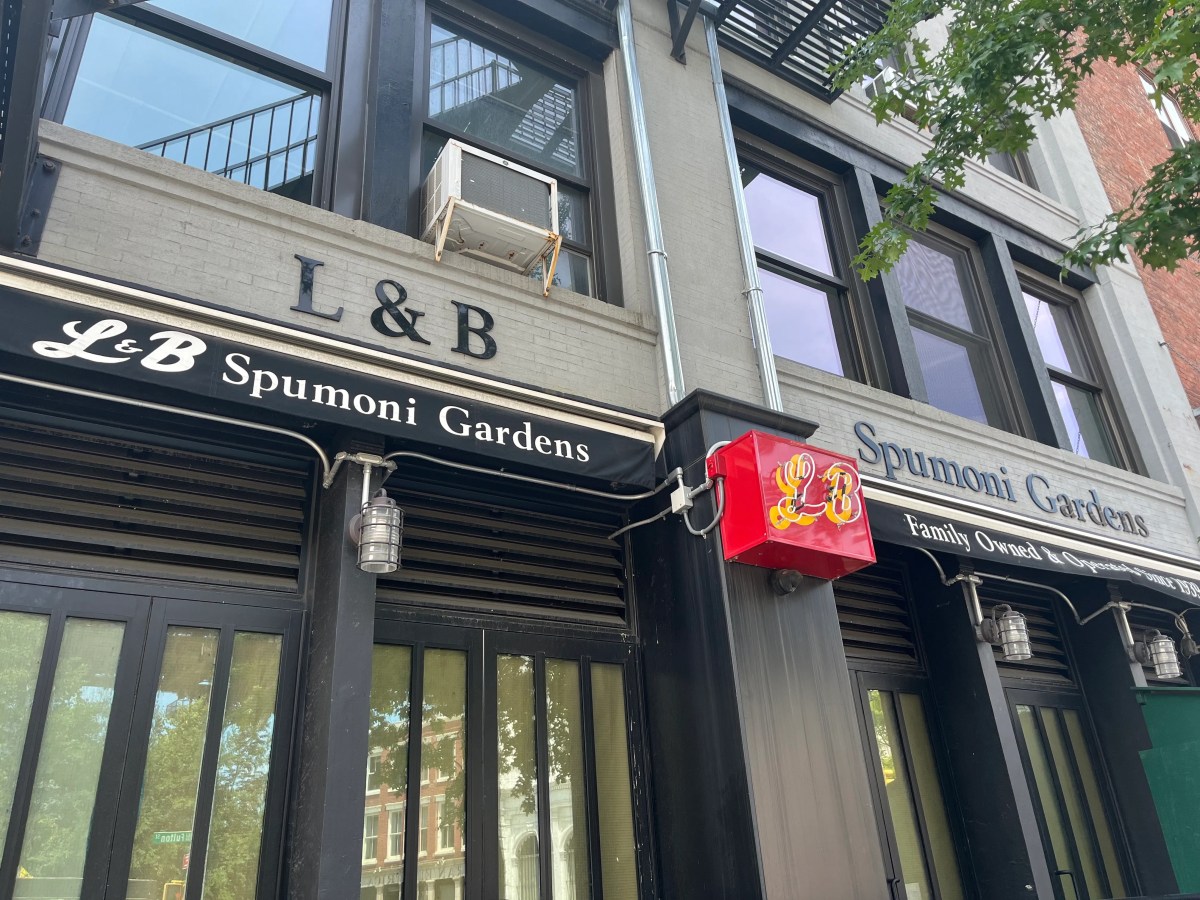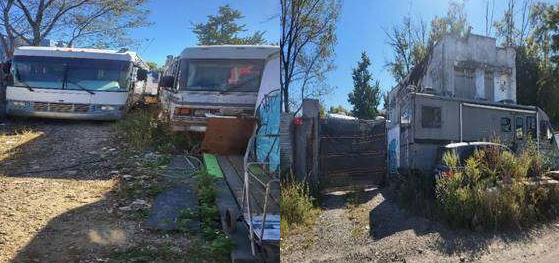By Clark Merrefield
Underneath the fume-laden F.D.R. Drive near Rutgers Slip, the city is planning two new pavilions where ping-pong, aerobics, tango and karate could become the norm.
The community-centric outdoor plazas would be added to the promenade that winds along Manhattan’s southeastern shoreline, amid the thump of vehicles speeding over expansion joints. On the current promenade, groups of Chinese and Hispanic men fish, young professionals jog and skateboarders practice their ollies. Most simply sit on the wood-and-metal benches and gaze at the Manhattan Bridge and Brooklyn’s northwestern shore.
Renderings by the city’s Economic Development Corporation show a similar promenade alongside the proposed pavilions, which are part of the East River Waterfront Access project. Community Board 3’s Waterfront Subcommittee overwhelmingly supports using the pavilions for dance, exercise and recreation, according to an E.D.C. report issued at a public meeting earlier this month.
“We need the waterfront for everyone in this community,” Winiford Schuchman, a local resident, said at the subcommittee’s April 8 meeting.
The definition of who exactly will be part of “the community” in coming years needs to be considered, pointed out Laurel May Turbin, waterfront coordinator for CAAAV: Organizing Asian Communities.
“What’s happening is that the city is really leading the development that’s happening throughout the city, especially in the Lower East Side and Chinatown,” she noted.
This development is changing the demographics of these traditionally immigrant communities, and calls into question who will use the pavilions, Turbin said.
In June, E.D.C. will determine interest and, through a request for proposals, or R.F.P., solicit ideas for the pavilions that are designed for nonprofit, community use. Preference will be given to Lower East Side nonprofit groups. By summer or fall of next year, a bidder will be selected and by summer 2010 the completed pavilions will be open to the public.
At an earlier, Jan. 15 meeting, some residents said they were worried the pavilions would be used as office space. E.D.C. officials refuted this concern, though some space inland will be rented for commercial use.
“[The pavilions] will never be an office for any agency,” the agency’s Nicole Dooskin said at the April 8 meeting. “This is not meant to be a not-for-profit’s office.”
In addition to recreation, residents have asked that the pavilions be used for education and general social interaction.
“Various uses were proposed, including miniature golf, a bike rental space, a food court, a skating rink and space available for functions, such as weddings and parties,” E.D.C.’s report said.
But some are skeptical that the city will follow through on its promise to keep the pavilions open to the community.
“The devil is in the details,” said Laine Romero-Alston, who works with a coalition of community groups called O.U.R. Waterfront. “The renderings are nice and pretty and beautiful, but what’s going to happen, what’s going to go in there, is what’s to be seen.”





































